Australia is on the brink of a nationwide COVID-19 outbreak with the National Security Committee set to meet today to deal with the escalating situation.
Millions are starting the week under new restrictions, as state and territory governments take action to slow the spread of the virus.
Sydney residents are today entering their first full week of lockdown, with the Bondi cluster now at 110 and more than 143 listed exposure sites.
LIVE UPDATES: NSW bracing for spike in cases
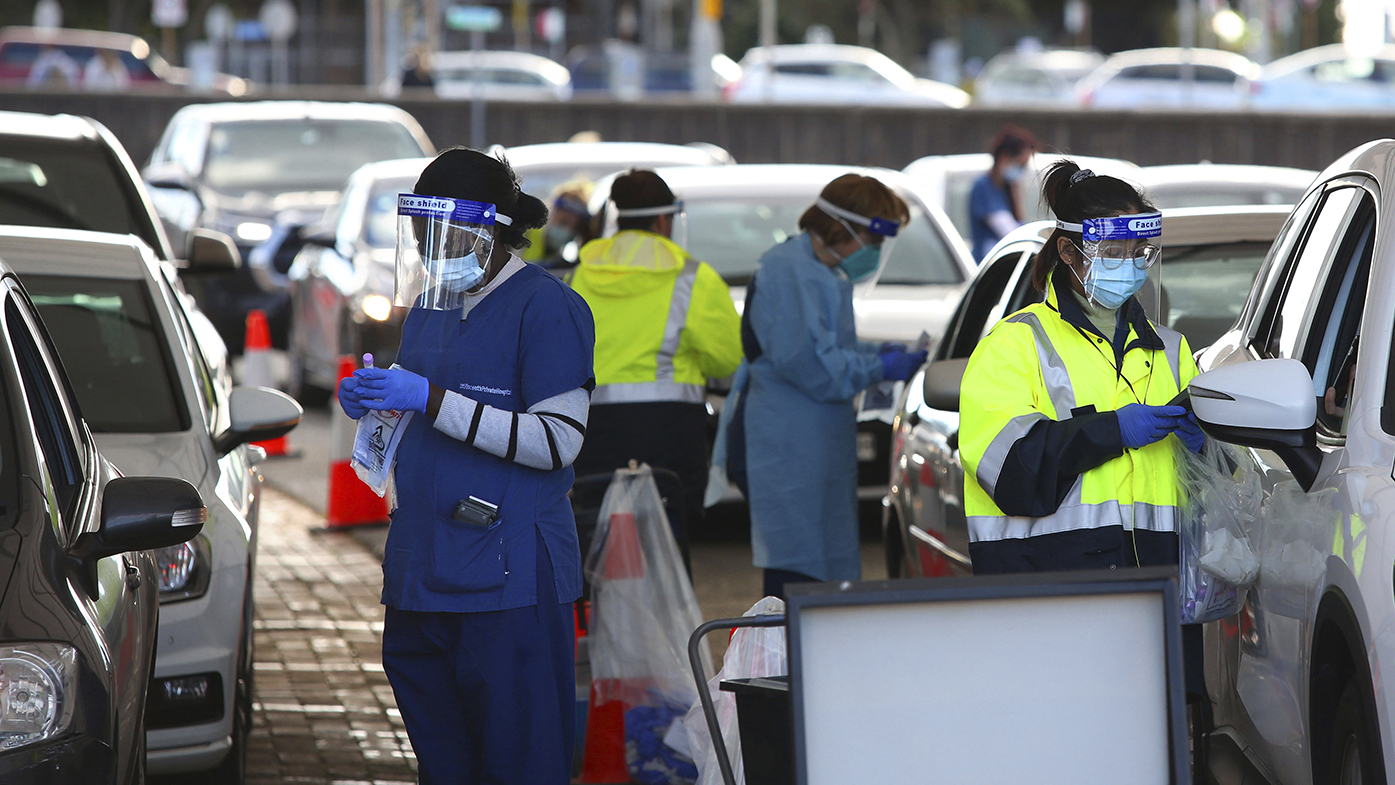
Meanwhile, Queensland, Perth and Darwin have also introduced public safety measures as states record new cases of community transmission.
Borders are slamming shut with South Australia closing to multiple states, WA strengthening controls with the NT, ACT and Queensland and Victoria restricting entry from NSW, Queensland, WA and Darwin.
Here are the latest details on case numbers and restrictions from around the country:
NEW SOUTH WALES
In the nation's coronavirus epicentre, the number of cases linked to Sydney's Bondi coronavirus cluster now sits at 110 with Premier Gladys Berejiklian warning worse is yet to come.
Millions in Greater Sydney are now under the strictest lockdown in the country after the outbreak grew by 30 cases on Sunday - the largest jump in cases so far.
There are over 143 listed exposure sites around Greater Sydney with the domestic airport terminal among the latest list of venues on alert for COVID-19.
Anyone living in Greater Sydney is now subject to a two-week stay-at-home order, with residents only able to leave their homes for essential reasons including grocery shopping, exercise, receiving medical care and essential work and education that cannot be done from home.
Here's a full breakdown of what you can and can't do in NSW.
VICTORIA
Victoria has so far managed to keep the virus out with zero cases announced today and no further restrictions put in place.
However, the state is remaining vigilant, introducing travel restrictions with other states.
The Department of Health announced on Sunday night new restrictions would be introduced for some travellers from Queensland and Western Australia.
From 1am on Monday, June 28, Greater Brisbane in Queensland and the Perth Metropolitan and Peel regions in Western Australia will be designated orange zones under Victoria's travel permit system.
READ MORE: Victoria puts travel restrictions on parts of Queensland, WA
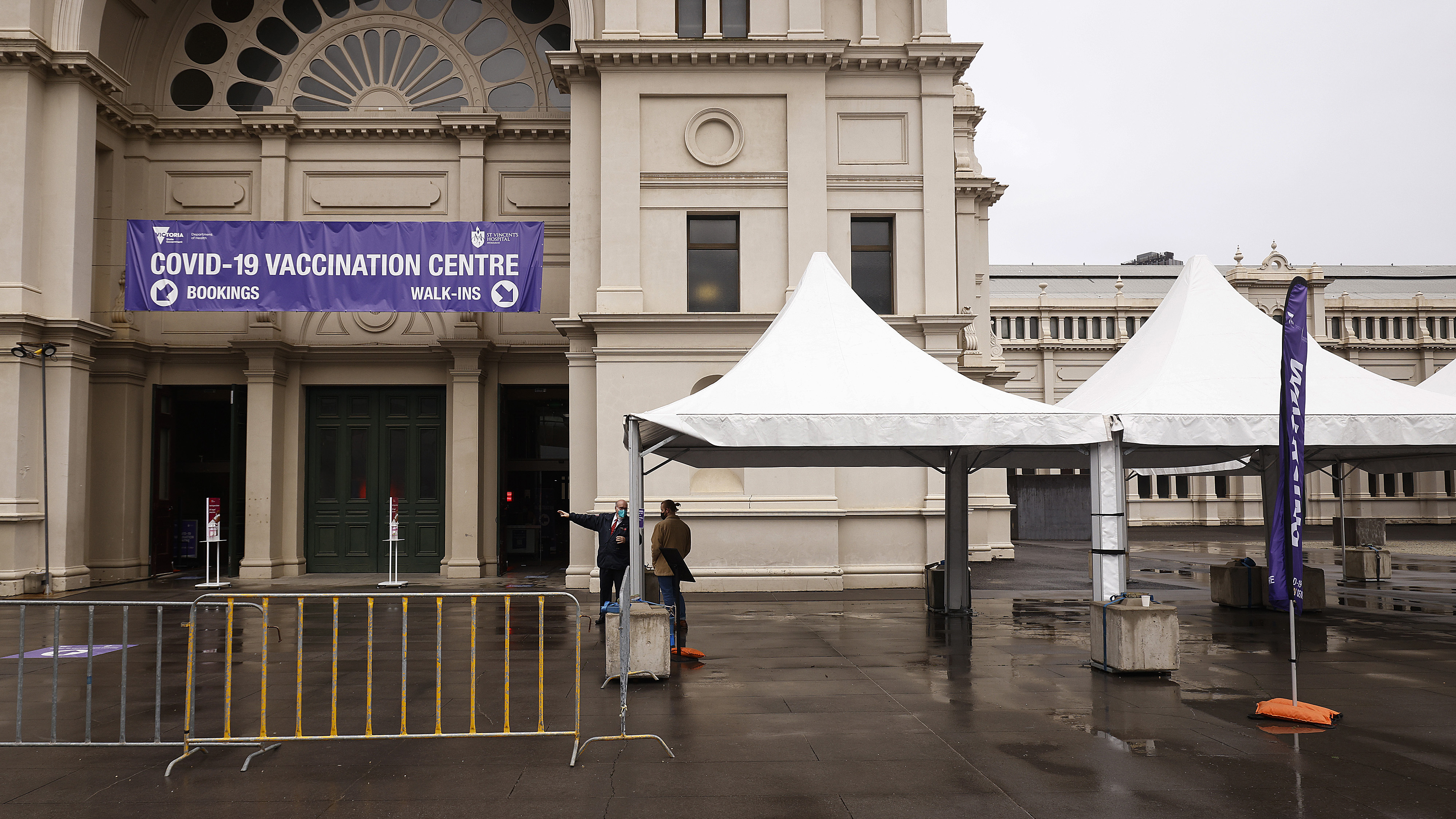
People who have been in orange zones can obtain a permit to enter Victoria but must isolate on entry, get tested within 72 hours, and stay isolated until they receive a negative result.
All arrivals into Victoria must apply for a travel permit even if they are entering from a green zone.
Any close contacts of a positive COVID-19 case, including anyone who has been to a high-risk exposure site, is not allowed to enter Victoria.
Exceptions and exemptions are listed on Victoria's travel permit website.
Darwin has also been declared a red zone, restricting non-Victorian residents from entering Victoria without an exemption.
More than 200 officers have been deployed to the border to prevent anyone unlawfully entering Victoria.
QUEENSLAND
Queensland has this morning introduced tighter COVID-19 restrictions after two new cases were recorded overnight.
From 1am tomorrow, masks will be required in the following Queensland LGAs: Noosa, Sunshine Coast, Ipswich, Logan, Redlands, Morton, Brisbane, Gold Coast, the Scenic Rim, Lockyer Valley, and Somerset.
The one person per four square metre rule will also be in effect.
Only 30 people are allowed inside private homes.
Wedding numbers will also be restricted to 20.
At hospitality venues, there is no dancing or standing.
Today's cases include a female miner from the Sunshine Coast who is confirmed positive with the highly contagious Delta strain, Premier Annastacia Palaszczuk said.
The worker is from Bli Bli, and Ms Palaszczuk said anyone in that Sunshine Coast area should get tested if they feel sick.
READ MORE: Treasurer rules out JobKeeper return despite new lockdowns
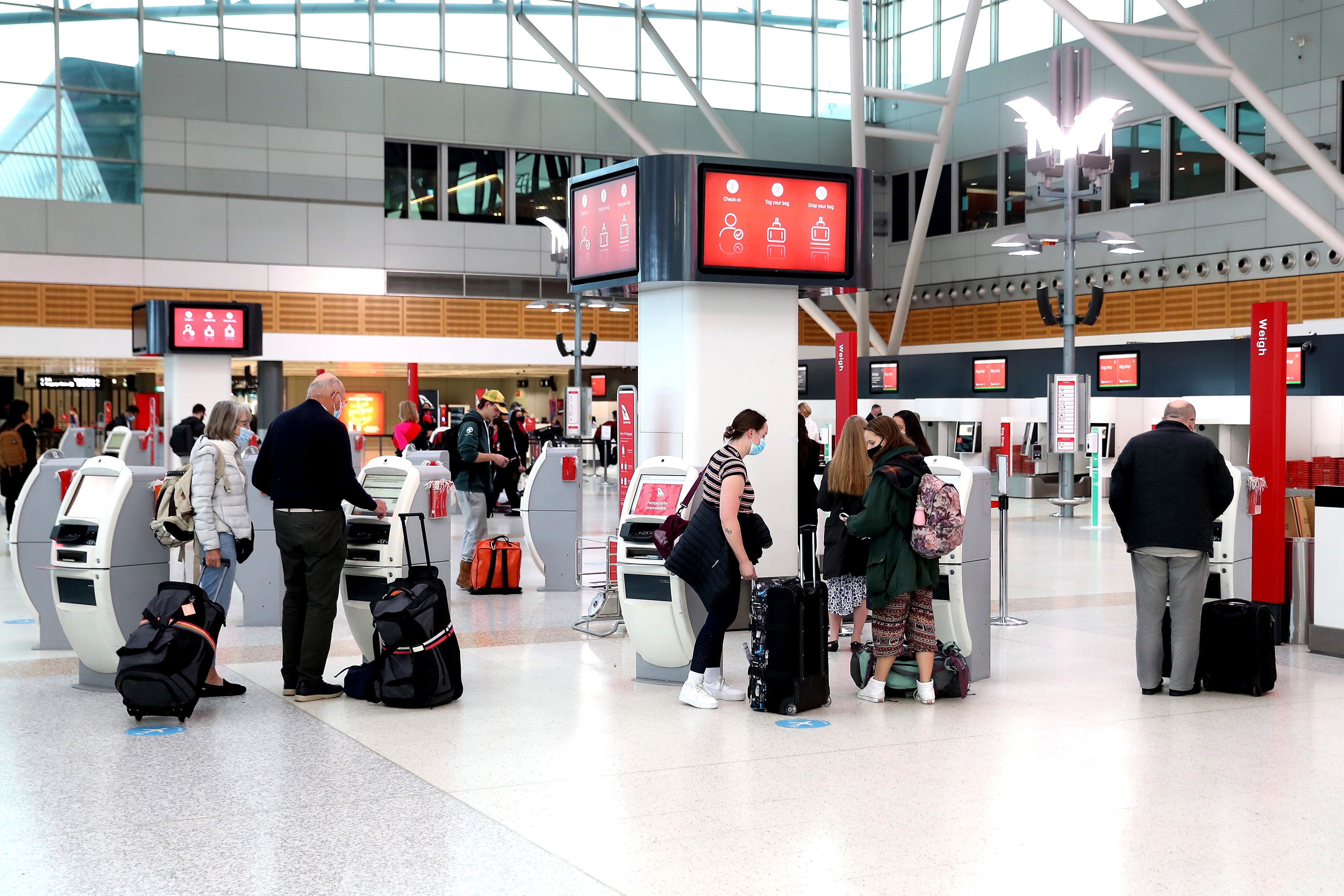
Chief Health Officer Jeannette Young said one of the two positive cases was already in quarantine and not of concern.
But the other case, the female miner, had been out in the community for one day while infectious.
"She was with her family and they started a road trip that immediately came back," Dr Young said.
The woman had visited a "few" service stations and cafes and Queensland Health will notify people of those venues.
The worker is one of 170 fly-in, fly-out workers from an NT gold mine where a positive case was detected on Saturday and who were now in Queensland.
"We've got enormous risks throughout our state," Dr Young said, also highlighting the positive Virgin crew member who had taken five flights, including one to the Gold Coast and another to Brisbane.
The cases are on top of three new cases recorded yesterday, two of which are not linked to the NSW outbreak and a third that is another miner who returned from working in the Northern Territory.
In addition, anyone who has visited Greater Sydney is also subject to the stay-at-home order currently in place in NSW.
The LGAs of Waverley, Woollahra, Randwick and the City of Sydney have also been a declared COVID-19 hotspot, backdated to June 11.
Anyone who has been in these LGAs will not be allowed to enter Queensland, unless they are a returning Queensland resident or have an exemption.
Anyone allowed to enter will need to go into hotel quarantine for a period of two weeks.
SOUTH AUSTRALIA
High-level restrictions are expected to be reintroduced across South Australia today around the use of masks and density limits with growing concerns COVID-19 could be going undetected.
The state has recorded no new local cases of COVID-19 however tough travel restrictions are in place for every state except Tasmania.
https://twitter.com/ollie_haig/status/1409255554627686403A hard border is now in place with NSW, the ACT, NT, WA and Queensland.
People who have visited Tier 1 or 2 exposure sites in Victoria are also prohibited from entering.
A list of exemptions are provided on the SA Health website.
NT
The Northern Territory on Sunday recorded four new local cases of the virus via a mine worker who flew in from Queensland.
As a result, Darwin and surrounds have entered a 48-hour lockdown, the first since the outbreak of the pandemic.
The lockdown includes Darwin, Palmerston and Litchfield.
So far, the cases have all been linked to the Granites gold mine where a worker was diagnosed with having the virus after staying in hotel quarantine in Brisbane.
Residents will only be allowed to leave their home to receive medical care, receive a COVID-19 vaccination, buy essential goods and services, exercise or provide care to a family member.
WA
Phase one COVID-19 restrictions are being reintroduced in Perth and Peel for the next three days at least after a positive case from Sydney entered the state.
Health Minister Roger Cook confirmed the latest infection on Sunday morning and said the woman aged in her 50s had been out in the community while infectious for three days.
She is believed to have been visiting Sydney, where she had dined at the Lyfe Café in Bondi on June 19.
She tested negative upon returning back to WA before later developing symptoms and visited several locations while potentially infectious.
The exposure sits are three primary schools in the northern suburbs and Ikea Perth.
Masks will now be mandatory indoors, on public transport, and outdoors where physical distancing is not possible.
Public events that cannot be restricted to 150 people will be cancelled or played without spectators.
A 30-person limit has been reintroduced in all homes for private gatherings.
Hospitality, entertainment venues, retail, beauty/hairdressers, recreation centres and places of worship can remain open but must comply with the two-square-metre rule, with a maximum of 150 people.
Community sport is allowed and weddings and funerals can also go ahead but will be limited to a maximum of 150 attendees.
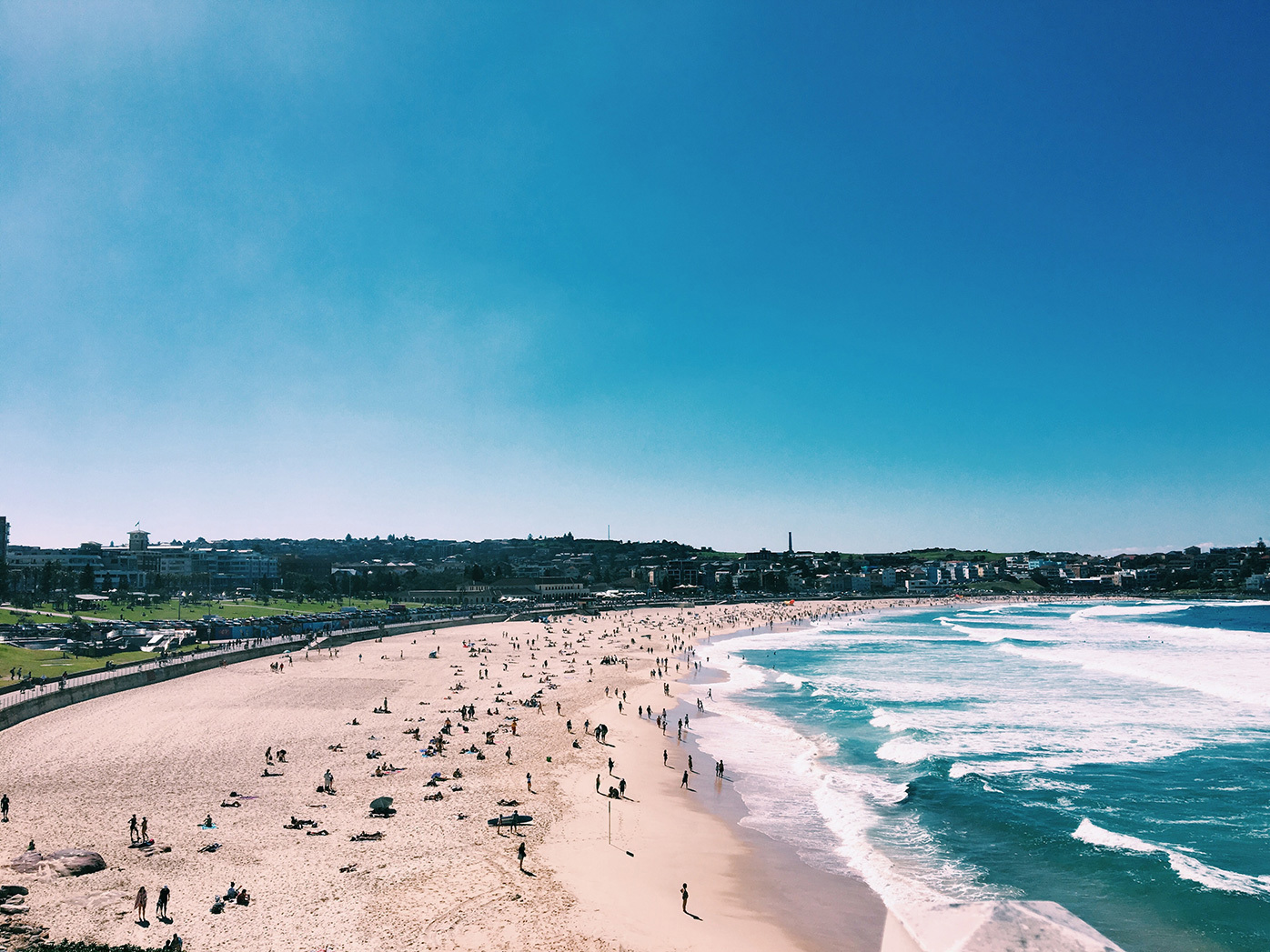
Anyone who enters a regional area from the Perth-Peel region is required to wear a mask as per requirements in Perth-Peel, and travel should be minimised.
Western Australia has implemented COVID-19 testing requirements for travellers returning from New South Wales, Queensland, Victoria and recently from New Zealand.
People, both symptomatic and asymptomatic, who have been to a listed exposure site at the dates and times indicated are required to be tested and adhere to isolation requirements.
A hard border has also been introduced with NSW.
ACT
Face masks are now required in certain public settings within the ACT.
While there is currently no community transmission, masks will add another line of defence as we work to keep COVID-19 out of Canberra.
The ACT has now declared NSW, the NT, Queensland, Victoria and New Zealand as areas of concern.
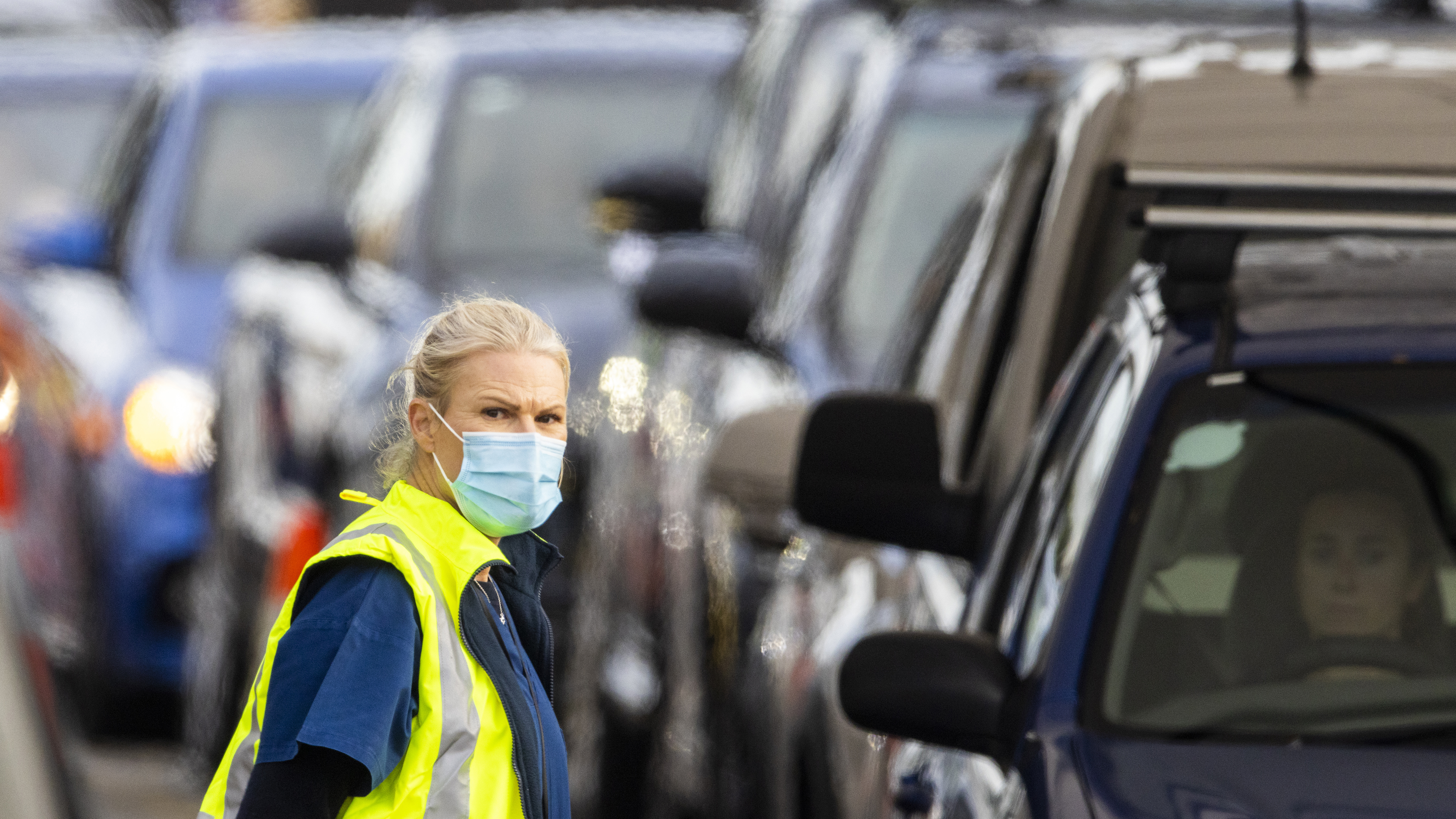
Non-ACT residents who have been in the Greater Sydney, Central Coast, Blue Mountains, Wollongong and Shellharbour regions of NSW are not permitted to travel into the ACT unless they have an approved exemption.
The same restrictions apply to people in the NT and Queensland who have visited listed exposure sites.
In addition, anyone hoping to travel from Victoria into the ACT will need to complete an online declaration form within 24 hours prior to arrival.
TASMANIA
Tasmania has introduced a hard border with most of Greater Sydney.
Anyone who has been in any of the NSW LGAs listed as high-risk on or since June 21 have been told to isolate immediately and arrange a COVID-19 test.
"You need to be tested at least five days after you left the high-risk LGA and will be able to leave isolation if you receive a negative result," the health department said in its latest alert.
Anyone who has visited a high-risk LGA, including returning Tasmanians, is no longer able to enter Tasmania unless approved as an essential traveller.
For the NT, Darwin, Palmerston and Litchfield have also been listed as high risk with travel restrictions now in place.
Tasmanian health authorities have also listed a number of venues in WA, Victoria and Queensland.
Anyone who has visited the listed locations at the specified dates and times listed below will not be permitted to travel to Tasmania.
